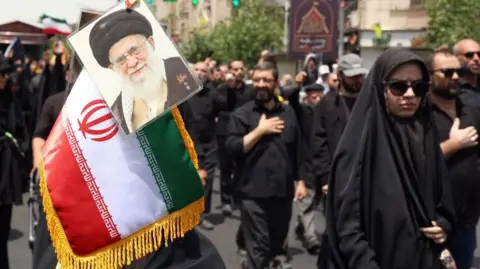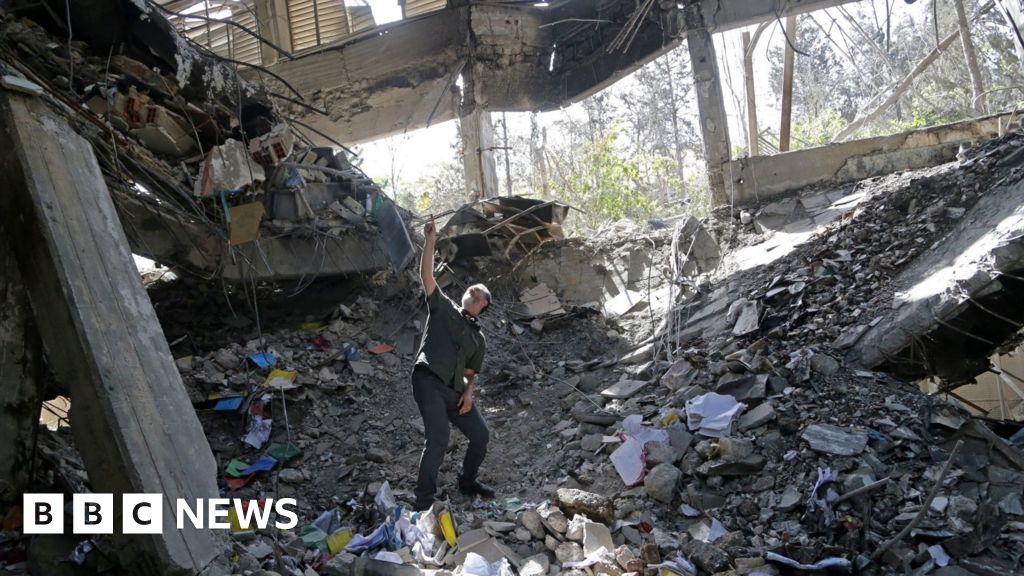Iran's fortified nuclear enrichment site at Fordo suffered severe damage, potentially rendering it inoperable due to the 12 massive bombs dropped by U.S. B-2 bombers last month, according to an updated U.S. intelligence report. While two other targeted nuclear locations were not as deeply impacted, critical components for nuclear weapon fabrication were destroyed, which officials suggest may take years to repair.
An Israeli official noted that the recent strikes likely did not eliminate Iran’s stockpile of bomb-grade fuel, which could produce approximately ten nuclear weapons. However, U.S. officials argue that without the necessary manufacturing facilities, the value of this fuel diminishes greatly, even if it can be recovered from the debris.
This new intelligence analysis provides a comprehensive understanding of the impact achieved through the combined Israeli and U.S. airstrikes. The Fordo facility, dubbed the most secure and advanced nuclear enrichment site by Iran, appears to be significantly impaired, potentially stalling Iran's nuclear fuel development for many years ahead.
Despite the damage, Iranian officials still possess uranium enriched to a purity of 60%, a grade close to what's utilized in nuclear weapons. However, recent assessments indicate that the usable stockpile is likely buried under rubble, with the only accessible reserves located at Iran's nuclear lab in Isfahan. The ongoing debate within U.S. government circles centers on how much these strikes have slowed Iran's overall nuclear ambitions and its ability to transform its existing uranium into weaponry.
An Israeli official noted that the recent strikes likely did not eliminate Iran’s stockpile of bomb-grade fuel, which could produce approximately ten nuclear weapons. However, U.S. officials argue that without the necessary manufacturing facilities, the value of this fuel diminishes greatly, even if it can be recovered from the debris.
This new intelligence analysis provides a comprehensive understanding of the impact achieved through the combined Israeli and U.S. airstrikes. The Fordo facility, dubbed the most secure and advanced nuclear enrichment site by Iran, appears to be significantly impaired, potentially stalling Iran's nuclear fuel development for many years ahead.
Despite the damage, Iranian officials still possess uranium enriched to a purity of 60%, a grade close to what's utilized in nuclear weapons. However, recent assessments indicate that the usable stockpile is likely buried under rubble, with the only accessible reserves located at Iran's nuclear lab in Isfahan. The ongoing debate within U.S. government circles centers on how much these strikes have slowed Iran's overall nuclear ambitions and its ability to transform its existing uranium into weaponry.



















